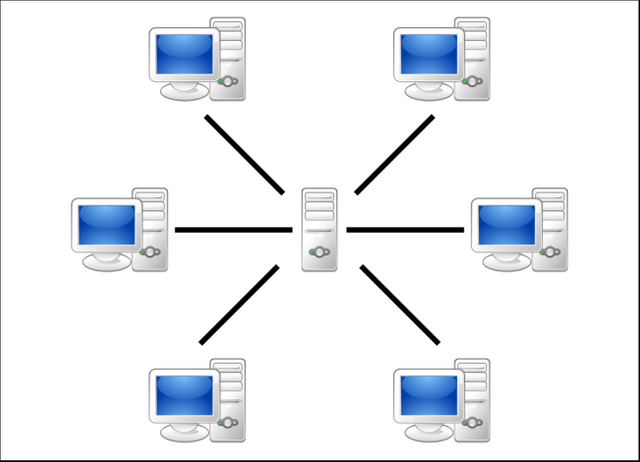BitTorrent consumes 12% of total Internet traffic in North America and 36% of total traffic in the Asia-Pacific region, according to a 2012 study. It’s so popular that the new “Copyright Alert System” targets BitTorrent traffic alone.
BitTorrent may be popularly known as a method of piracy, but it isn’t just for pirates. It’s a useful, decentralized peer-to-peer protocol with significant advantages over other protocols in many situations.
This article will help you understand how the BitTorrent protocol works and why it’s not just a tool for piracy. We’ve previously explained how to get started with BitTorrent.

How BitTorrent Works
When you download a web page like this one, your computer connects to the web server and downloads the data directly from that server. Each computer that downloads the data downloads it from the web page’s central server. This is how much of the traffic on the web works.
BitTorrent is a peer-to-peer protocol, which means that the computers in a BitTorrent “swarm” (a group of computers downloading and uploading the same torrent) transfer data between each other without the need for a central server.
BitTorrent Isn’t Just For Piracy
BitTorrent isn’t synonymous with piracy. Blizzard uses a custom BitTorrent client to distribute updates for its games, including World of Warcraft, StarCraft II, and Diablo 3. This helps speed up downloads for everyone by allowing people to share their upload bandwidth with others, leveraging unused bandwidth towards faster downloads for everyone. Of course, it also saves Blizzard money on their bandwidth bills.
Read full article here

Warning! This user is on our black list, likely as a known plagiarist, spammer or ID thief. Please be cautious with this post!
If you believe this is an error, please chat with us in the #appeals channel in our discord.
Downvoting a post can decrease pending rewards and make it less visible. Common reasons:
Submit